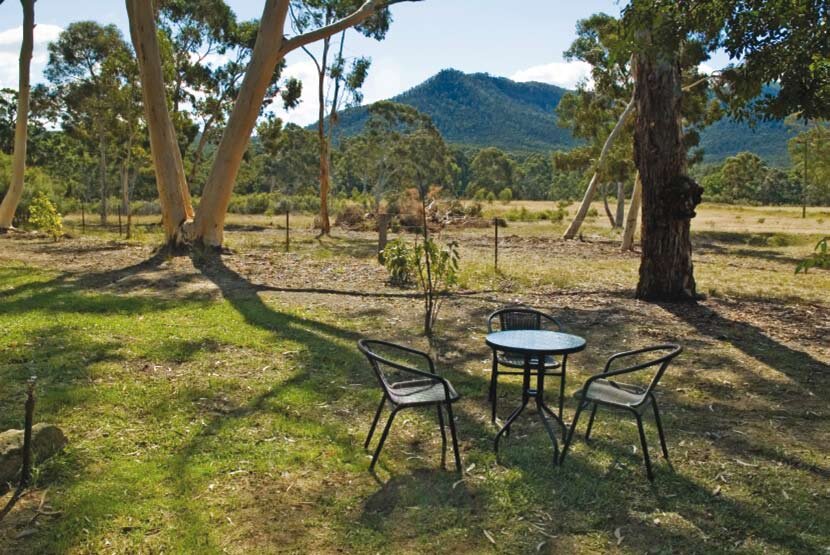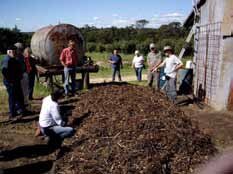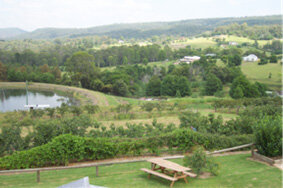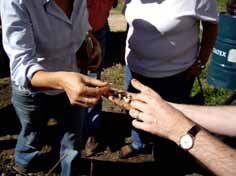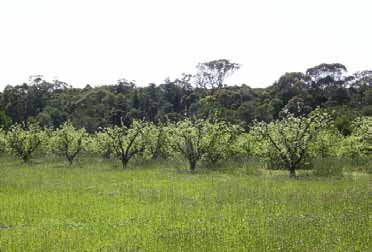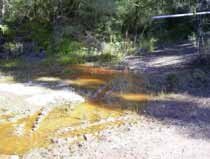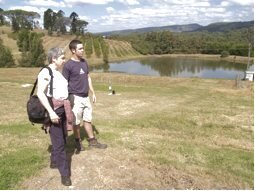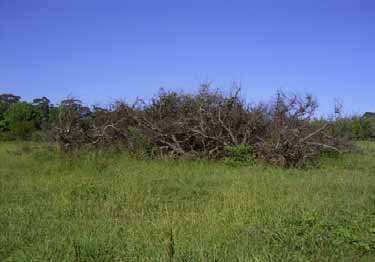AGRI-INDUSTRIES AS LANDSCAPE BUFFERS TO THE GBMWHA
PROJECT TEAM
A/Prof John Merson, Dr. Roger Attwater, Dr. Peter Ampt, Dr. Howard Wildman and Dr. Rosalie Chapple.
PROJECT DESCRIPTION
This project identified the agri-industries located in the Hawkesbury Nepean region and documented their economic, social and environmental impacts, with the overriding aim being to facilitate the long-term sustainability of agri-industries along the north-eastern boundary of the Greater Blue Mountains World Heritage Area (GBMWHA) in a way which complements and enhances the values of the neighbouring protected conservation area and Sydney catchment. Work also involved practical on-the-ground trials of three integrated technology systems to assist future sustainability.
Key findings included the identification and testing of methodological tools found to be relevant to producers with a range of different production and marketing strategies. These tools included Landscape Function Analysis (LFA), which provided a quantitative means for assessing the ecosystem services generated onsite by different forms of horticultural production, and has the potential to link specific production systems to implications at a regional landscape scale. Innovation with fungal products is another tool with potential to utilise on-farm organic wastes, contributing to saleable products, with residues that potentially reduce a common orchard disease. LFA and organic waste conversion, applied in conjunction with GIS analysis, provide a complementary set of tools that operate at different spatial and temporal scales. These types of initiatives contribute to the resilience of the local production systems, reinforcing opportunities for diversity and sustainability.
PUBLICATIONS AND REPORTS
2010. Sustainable agri-industrial projects neighbouring the Greater Blue Mountains World Heritage Area. Reference: Merson, J., Attwater, R., Ampt, P., Wildman, H. and R. Chapple. 2010. ‘Sustainable agri-industrial projects neighbouring the Greater Blue Mountains World Heritage Area’. International Journal of Agricultural Sustainability, 8, (1&2): 72-85
